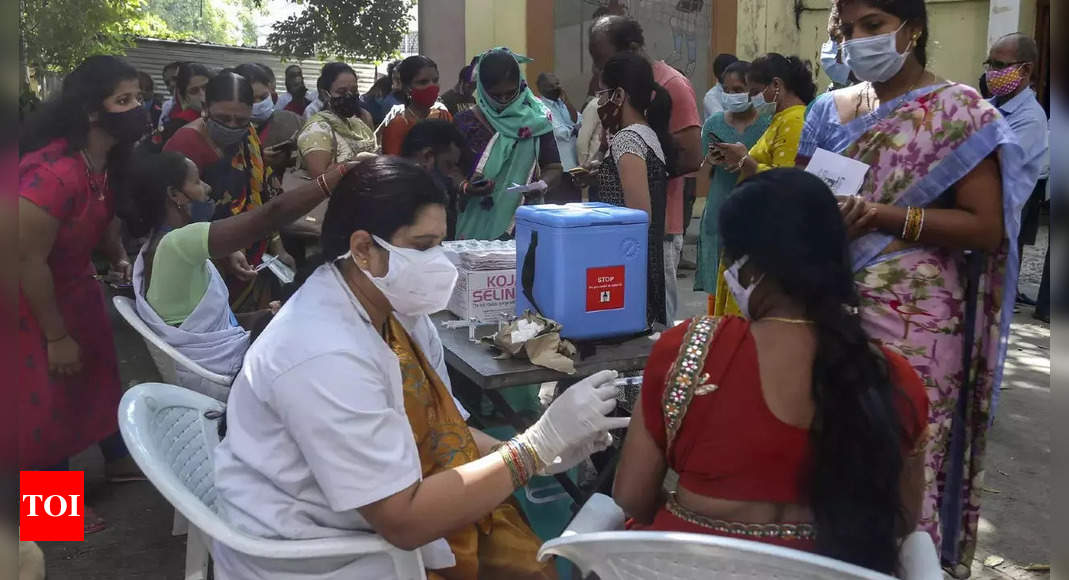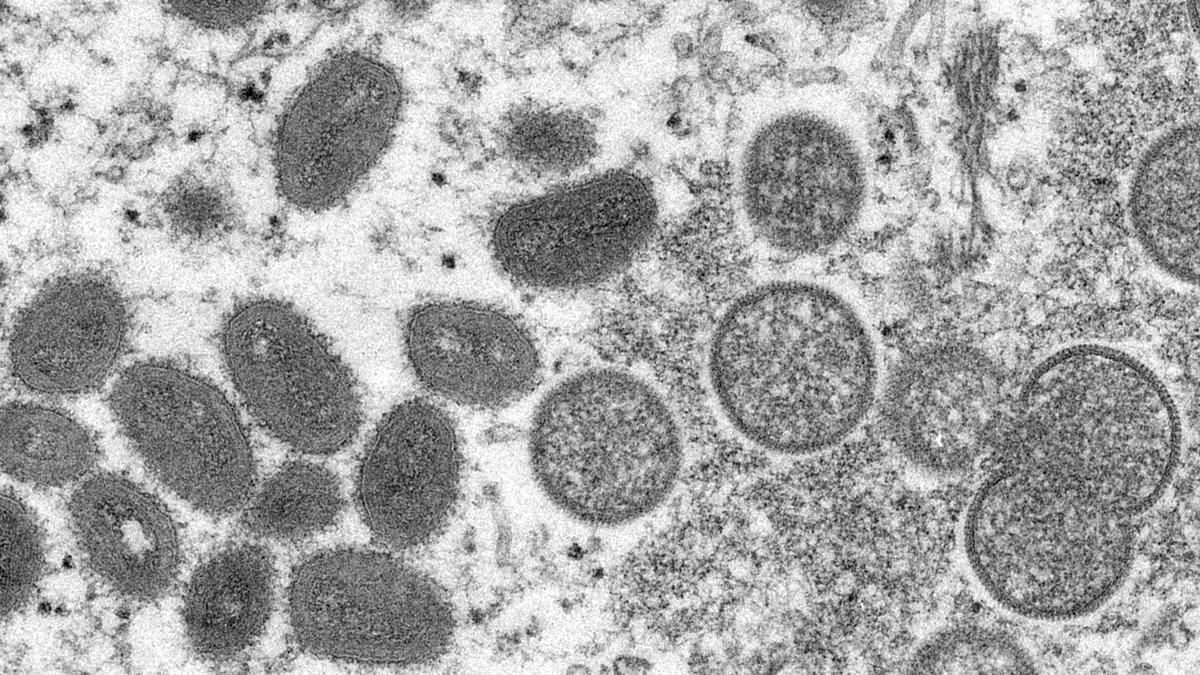BHEL demonstrates tech to create methanol from high ash coal
By Press Trust of India | New Delhi | Last Updated at September 09 2021 19:44 IST

(Representative Image)
State-run engineering firm BHEL has successfully demonstrated a facility to create methanol from high ash Indian coal, an official statement said on Thursday. Methanol is utilised as a motor fuel, to power ship engines, and to generate clean power all over the world.
"With four years of hard work BHEL successfully demonstrated a facility to create 0.25 TPD methanol from high ash Indian coal using a 1.2 TPD Fluidized bed gasifier. The methanol purity of the crude methanol produced is between 98 and 99.5 per cent," it said.
Speaking on the occasion, NITI Aayog member V K Saraswat said this endeavour led to the formation of in-house design expertise in BHEL for designing greater capacity coal gasification facilities. This in-house capability will assist India's coal gasification mission and coal-to-hydrogen production for Hydrogen Mission, he added.
The statement said after achieving this feat BHEL is further developing in -house some critical processes such as catalytic conversion of syngas to methanol. Methanol is also used to generate di-methyl ether (DME), a liquid fuel that is very similar to diesel existing diesel engines simply need to be minimally changed to use DME instead of diesel.
The majority of worldwide methanol production is derived from natural gas, which is a relatively easy process. Since India doesn't have much of the natural gas reserves, producing methanol from imported natural gas lead to outflow of foreign exchange and sometimes uneconomical due to excessive prices of natural gas.
BHEL demonstrates tech to create methanol from high ash coal
By Press Trust of India | New Delhi | Last Updated at September 09 2021 19:44 IST
(Representative Image)
State-run engineering firm BHEL has successfully demonstrated a facility to create methanol from high ash Indian coal, an official statement said on Thursday. Methanol is utilised as a motor fuel, to power ship engines, and to generate clean power all over the world.
"With four years of hard work BHEL successfully demonstrated a facility to create 0.25 TPD methanol from high ash Indian coal using a 1.2 TPD Fluidized bed gasifier. The methanol purity of the crude methanol produced is between 98 and 99.5 per cent," it said.
Speaking on the occasion, NITI Aayog member V K Saraswat said this endeavour led to the formation of in-house design expertise in BHEL for designing greater capacity coal gasification facilities. This in-house capability will assist India's coal gasification mission and coal-to-hydrogen production for Hydrogen Mission, he added.
The statement said after achieving this feat BHEL is further developing in -house some critical processes such as catalytic conversion of syngas to methanol. Methanol is also used to generate di-methyl ether (DME), a liquid fuel that is very similar to diesel existing diesel engines simply need to be minimally changed to use DME instead of diesel.
The majority of worldwide methanol production is derived from natural gas, which is a relatively easy process. Since India doesn't have much of the natural gas reserves, producing methanol from imported natural gas lead to outflow of foreign exchange and sometimes uneconomical due to excessive prices of natural gas.
BHEL demonstrates tech to create methanol from high ash coal






